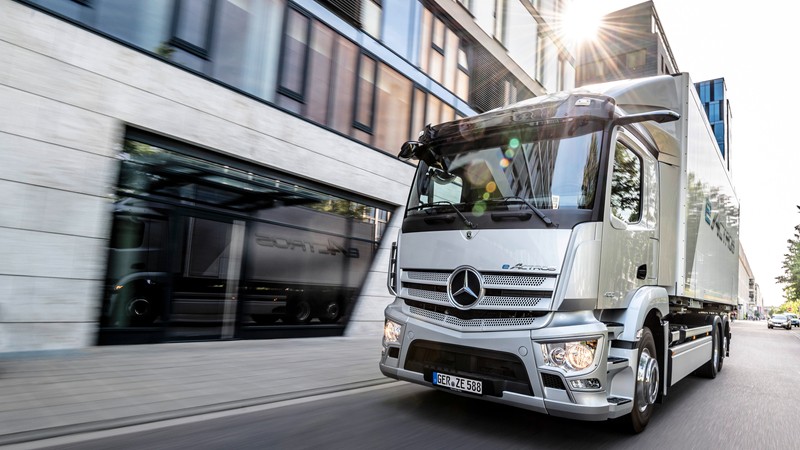
IS SOUTH AFRICA READY FOR TRUCKS THAT HAVE NO DRIVERS?
As the global logistics sector adopts autonomous truck technology, South Africa is faced with the question: is the local logistics sector ready to join this technological revolution?
Autonomous trucks – equipped with sensors, cameras, radar, and artificial intelligence (AI) – operate with minimal human intervention, or absolutely no driver. There are five different levels of automation:
- Level 1 offers some driver assistance (adaptive cruise control for instance).
- Level 2 delivers partial automation (such as lane-keeping).
- Level 3 offers conditional automation (hands-off the steering wheel, but monitoring is needed).
- Level 4 features high automation (no driver input in certain areas).
- Finally, with Level 5, there’s full automation, and no driver is needed.
Globally, autonomous trucks have demonstrated significant potential to transform logistics. “They promise increased efficiency by reducing downtime, optimising fuel consumption, and eliminating the need for mandatory rest periods, allowing for around-the-clock operation. Moreover, these trucks enhance overall safety by reducing human error,” explains Ryan Gaines, CEO of City Logistics, a leading privately-owned logistics company in South Africa.
These are, of course, traits that would be welcomed in South Africa. “But, while we currently operate vehicles with partial driving automation designed to enhance safety and efficiency (through features like lane assist, brake assist, and predictive cruise control), full-scale adoption of autonomous trucks in South Africa remains a challenge,” elaborates Gaines.
One major barrier is the high investment cost required for autonomous truck technology. The economic realities of South Africa make it difficult for many companies to justify such expenses. Furthermore, the nation’s high unemployment rate adds another layer of complexity, as the deployment of fully autonomous Level 5 trucks could put drivers’ jobs at risk.
Technological limitations also hinder the immediate adoption of autonomous trucks. In South Africa, the poor road infrastructure and a lack of “road signatures” – highly detailed maps are necessary for safe autonomous navigation – present significant concerns.
In the meantime, companies like City Logistics continue to explore semi-autonomous technologies in trucks such as the Mercedes-Benz Actros 2644, which offer a balanced approach to enhancing efficiency and safety while maintaining the human element necessary for navigating South Africa's roads. The benefits are paying off. As Gaines points out: “By integrating partial automation, we are able to maximise fuel efficiency and minimise risks.”
He believes that this is a sign of things to come. “While the road to fully autonomous trucks in South Africa is uncertain, it’s only a matter of time before partial automation becomes standard practice in our logistics industry,” he concludes.
Supplied
2024-09-18T20:34:40Z dg43tfdfdgfd